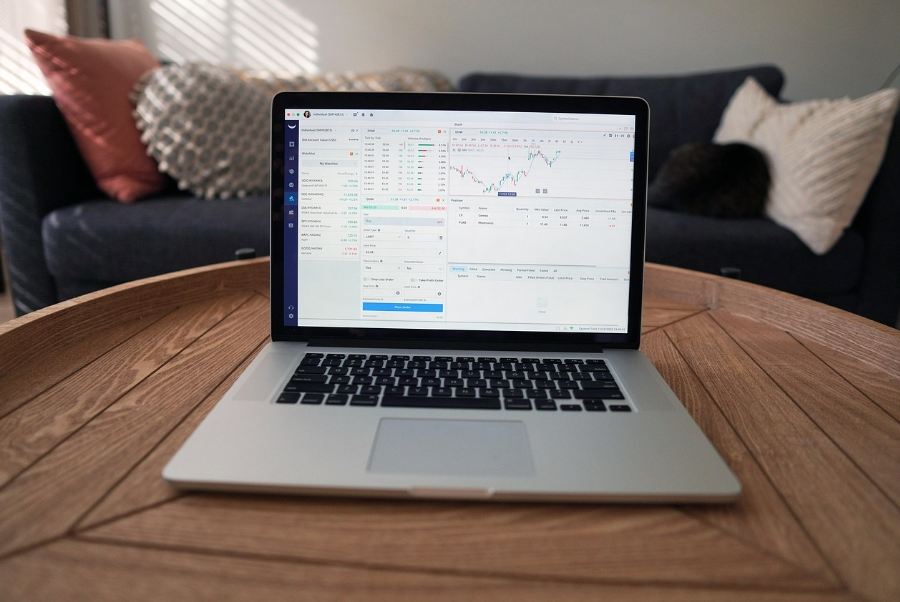On October 1 (Beijing Time), the U.S. federal government officially entered a shutdown due to the failure of the two parties to reach an agreement on a short-term funding bill. This marks the first U.S. government shutdown since 2019. The focal point of the dispute lies in the Democratic Party’s desire to extend the ACA (Affordable Care Act) medical subsidies, which are set to expire at the end of 2025, and restore Medicaid funds that were previously cut under the "Big and Beautiful" Act. In contrast, the Republican Party insists on passing a "clean" temporary funding bill and opposes attaching any policy provisions to the interim resolution.
While the U.S. government shutdown has sparked market concerns about the outlook of the U.S. economy, historical experience shows that the actual economic impact of such events is relatively limited, and most of the impact is temporary. According to estimates from the U.S. Congressional Budget Office (CBO), a one-week shutdown causes approximately a 15-basis-point loss in GDP, but most of this loss can be recovered once the government reopens. For instance, the 16-day shutdown in 2016 resulted in a $24 billion economic loss, accounting for 0.6% of the quarterly GDP. The 35-day shutdown in 2018, despite its longer duration, only caused a permanent loss of $3 billion to the U.S. economy, representing 0.02% of U.S. GDP. Therefore, we believe the impact of the current U.S. government shutdown on the U.S. economy is relatively limited.
The newly released minutes of the U.S. Federal Reserve’s meeting show a clear divergence in the dot plot: among 19 officials, 10 support two or more additional interest rate cuts within the year, while the other 9 believe there should be only one rate cut or no further cuts.
Despite internal disagreements, we judge that it remains highly probable for the Federal Reserve to implement further easing policies. On one hand, the U.S. labor market has shown signs of weakness, while recent inflation has not climbed further, indicating that the impact of Trump’s tariffs on inflation may only be a one-time shock—consistent with the Federal Reserve’s expectations. On the other hand, considering the midterm elections next year, the Trump administration is actively intervening in personnel appointments at the Federal Reserve and the Bureau of Labor Statistics. It is expected that the Federal Reserve will subsequently reflect more of Trump’s "will" for easing. Thus, the likelihood of the Federal Reserve continuing its easing path is relatively high.
Recently, the market has focused heavily on the Federal Reserve’s policy direction, with most investors paying close attention to employment data. Although the U.S. labor market has softened somewhat, the overall economy remains resilient. The latest data shows that while the September PMI was slightly lower than market expectations, it still remained above the 50-point boom-bust line, indicating that the economy continues to operate in an expansionary range. Additionally, new home sales in August surged by 20.5% month-on-month, far exceeding the market expectation of 0.2%.
Chen Yu, senior analyst of Zhisheng Research (exclusively invited by Plotio), believes that although the current U.S. macroeconomic momentum is showing a moderate slowdown, there are no signs of systemic risks. Against this backdrop, the Federal Reserve is expected to maintain its loose monetary policy, thereby providing effective support to the stock market. It is highly probable that U.S. stocks will move higher again after a phased correction.
From a technical perspective (taking the Nasdaq Composite Index as an example), on the weekly chart, the market moved higher last week and closed with a bullish candle, indicating strong recent market momentum. On the daily chart, the recent market has been moving higher along the 20-day moving average, and a short-term continuation of this trend is expected. There is a high chance that the market will move further higher and test the key integer level of 25,500 in the follow-up.
[Important Disclaimer:The above content and views are provided by Zhisheng, a third-party cooperative platform, for reference only and do not constitute any investment advice. Investors who trade based on this information shall bear their own risks.]
In the event of any inconsistency between the English and Chinese versions, the Chinese version will prevail.This article is from Plotio. Please indicate the source when reprinting.



